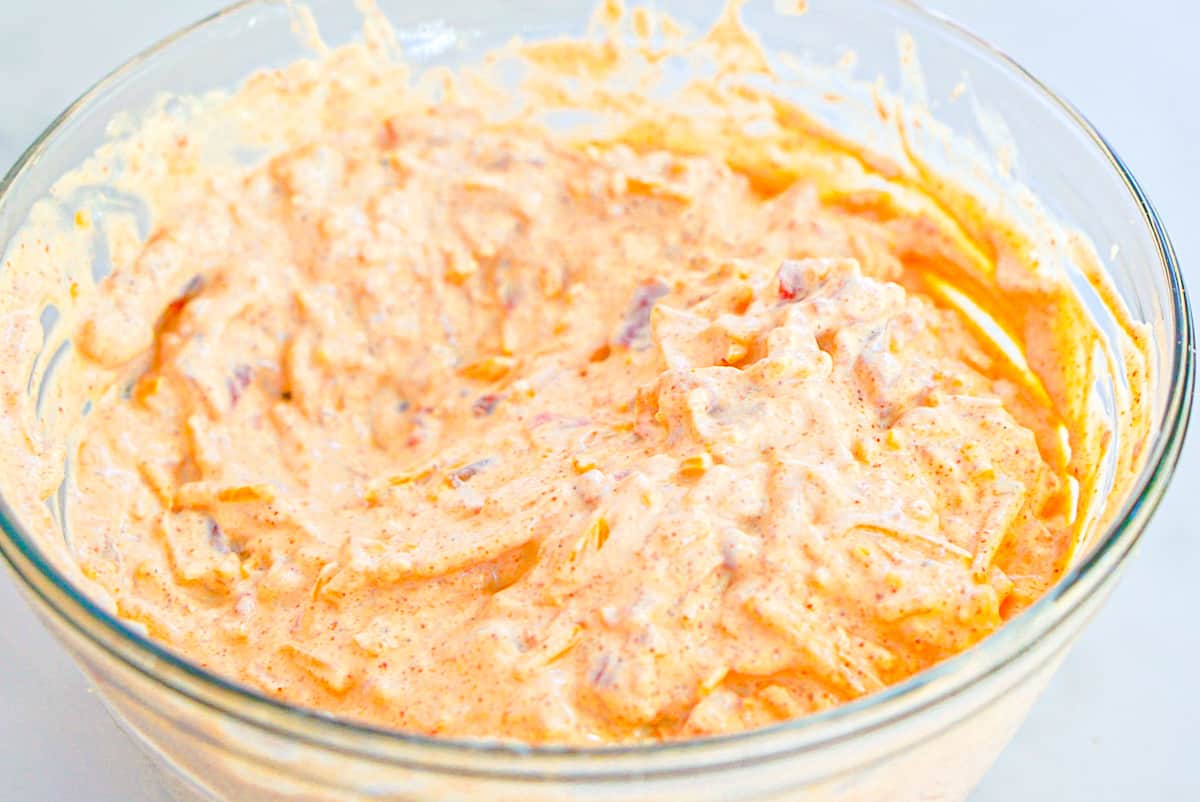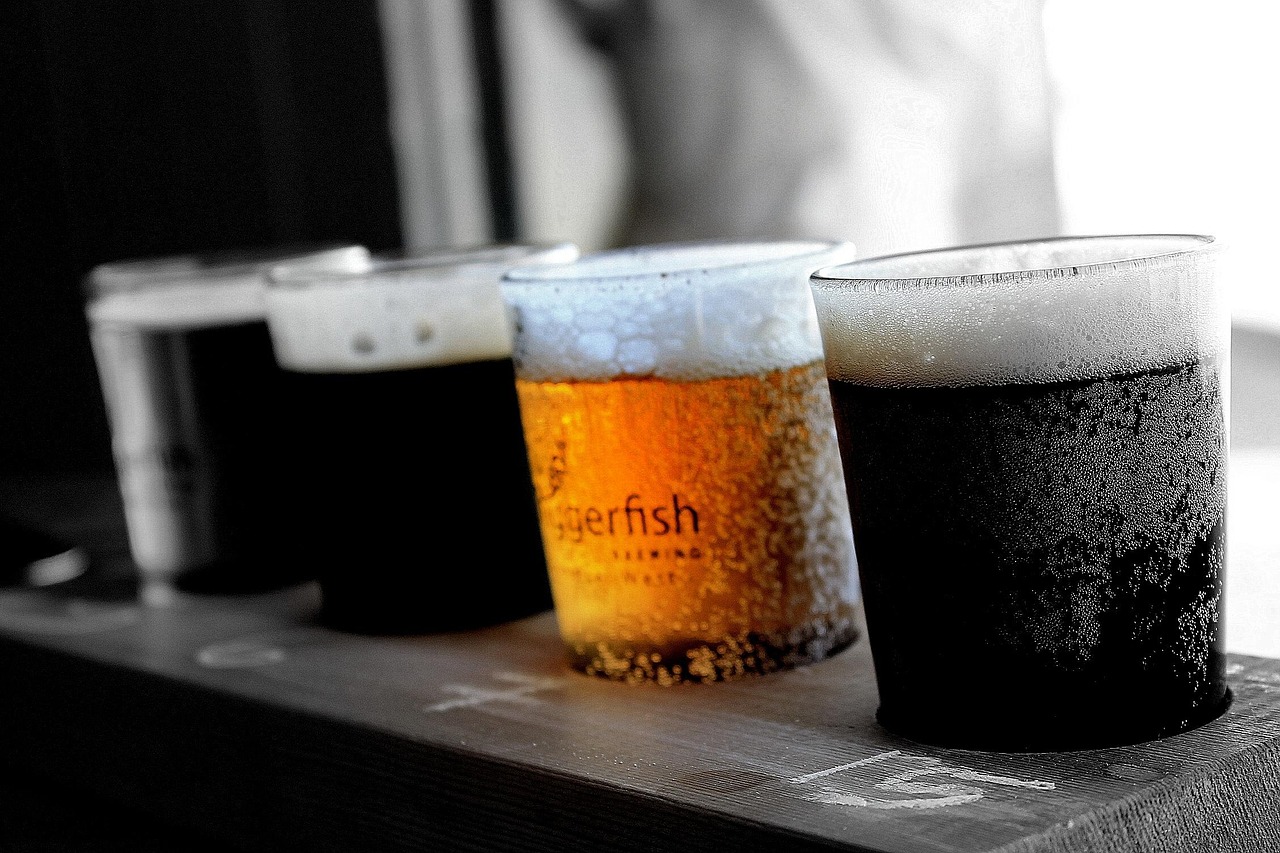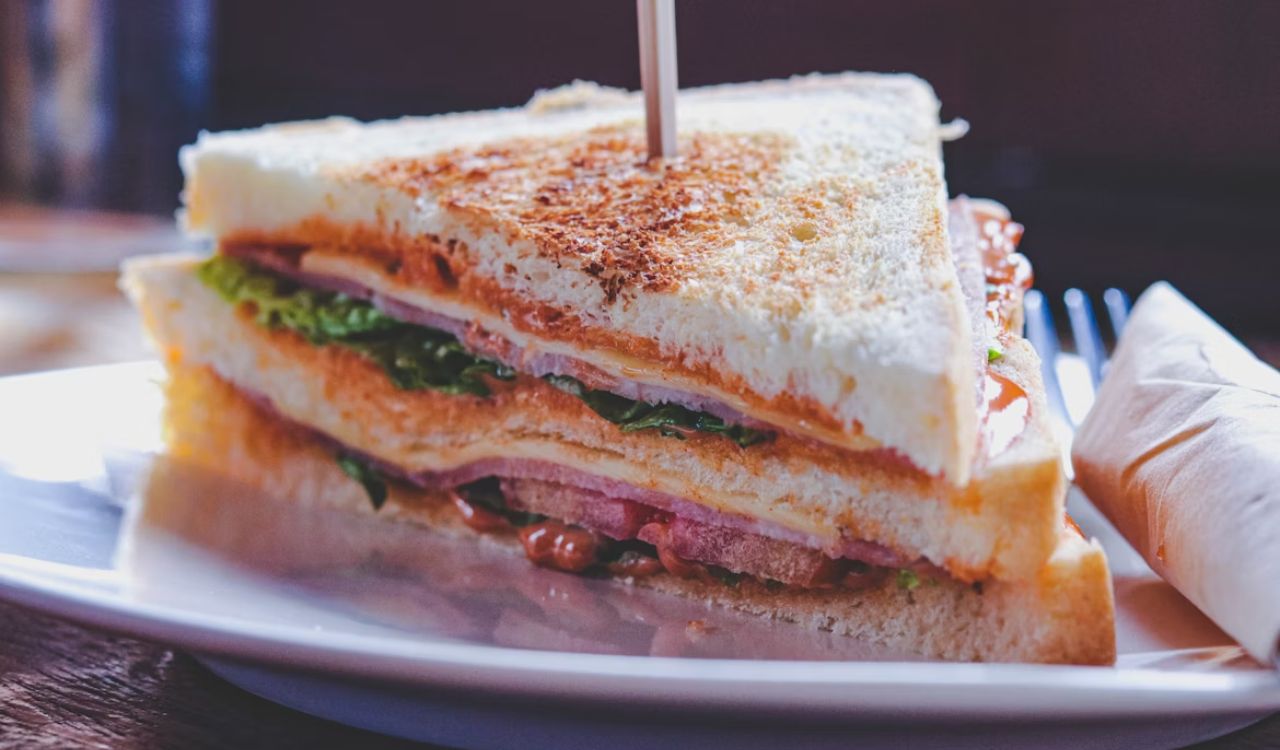11 Fun and Surprising Facts About Ice Cream History

Ice cream may feel like a simple treat, but its history is anything but ordinary. From royal banquets to corner shops, it has traveled across continents, changed with new technology, and picked up traditions from every culture it touched. What started as an exclusive indulgence for the wealthy has become one of the most beloved desserts worldwide. Along the way, it has left behind fascinating stories, quirky details, and unexpected milestones. Here are 11 fun facts that show ice cream’s surprising past.
1. Ice Cream Began as a Luxury for the Elite

In its earliest days, ice cream was not the everyday dessert we know now. It was a rare luxury, enjoyed mainly by the wealthy and powerful. Rulers and aristocrats in Europe served it at grand banquets, often flavored with imported ingredients like exotic fruits or spices. The cost of ice and sugar kept it out of reach for most people. Only with advancements in storage and production did ice cream shift from a luxury to a more accessible treat. That exclusivity added to its early mystique.
2. George Washington Was a Huge Ice Cream Fan
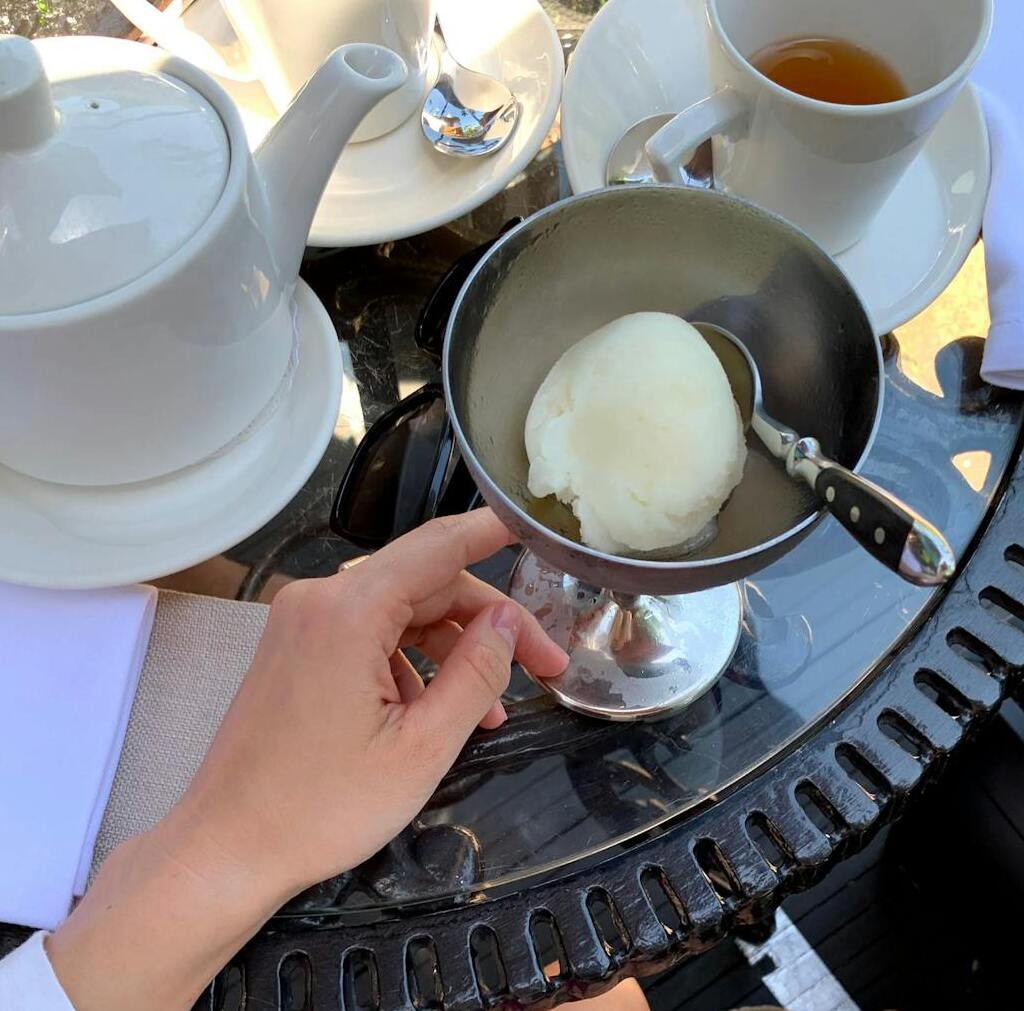
America’s first president reportedly spent a fortune on ice cream. Historical records show that George Washington loved it so much he purchased special serving tools and even paid hefty bills to have it prepared at Mount Vernon. One summer alone, he is said to have spent hundreds of dollars on the dessert, which was a massive sum at the time. His fondness helped spread the popularity of ice cream in early America, proving it was more than a passing indulgence.
3. The First Ice Cream Parlor in the U.S. Opened in 1776 (Kinda)
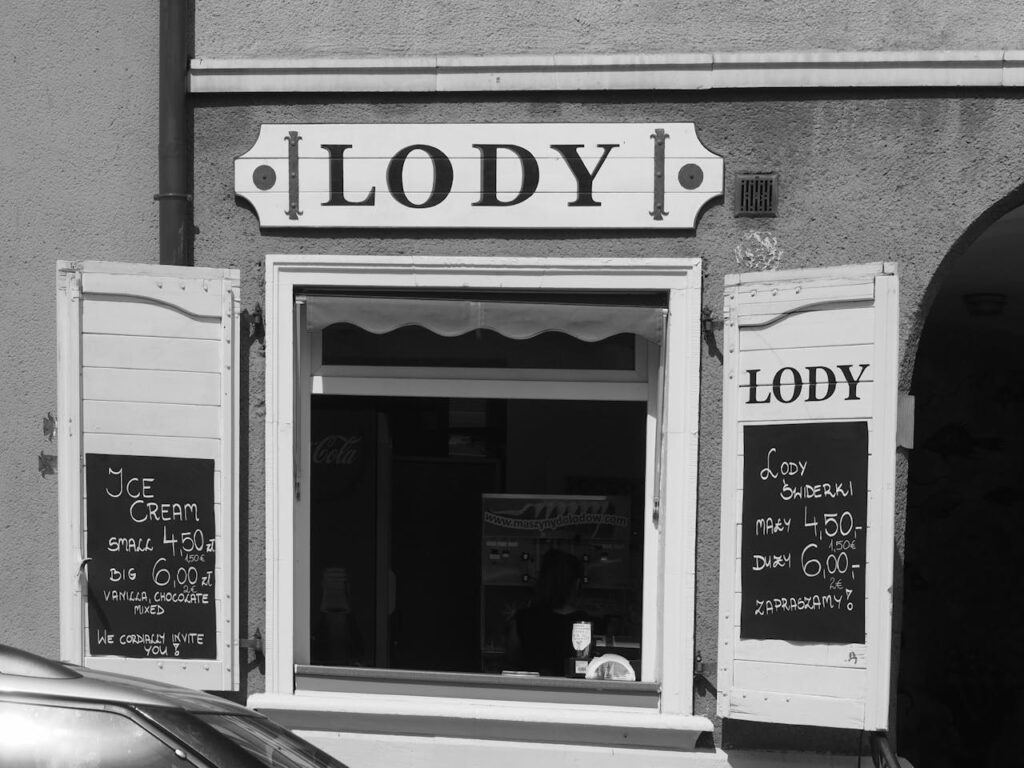
The year 1776 wasn’t just about independence; it also marked the opening of America’s first ice cream parlor in New York City, though this fact has been a subject of debate among historians. This shop gave more people the chance to enjoy what had previously been a treat for the wealthy. Serving ice cream to the public helped turn it into a shared cultural experience. While flavors were limited compared to today’s endless options, the novelty of being able to buy a scoop outside the home made it a hit. That first shop paved the way for modern parlors.
4. Ice Cream Cones Took Off at the 1904 World’s Fair
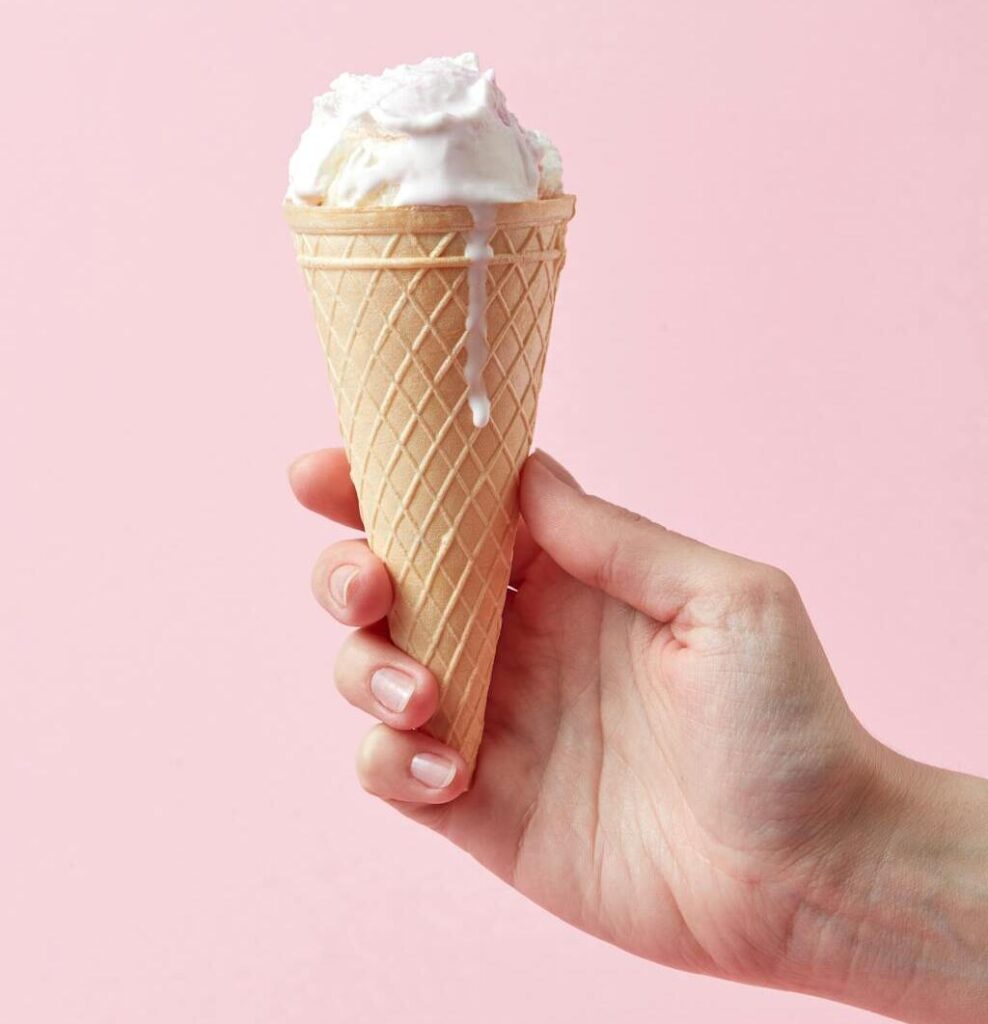
While ice cream cones may have existed before, they became a sensation at the 1904 St. Louis World’s Fair. Vendors selling ice cream ran short of dishes, and nearby waffle makers rolled their waffles into cone shapes as substitutes. The idea caught on quickly, as cones were portable, fun, and eliminated the need for washing dishes. This clever solution turned into one of the most iconic ways to enjoy ice cream. Today, cones remain a symbol of summer and a timeless part of the ice cream experience.
5. Soldiers in World War II Boosted Ice Cream’s Popularity
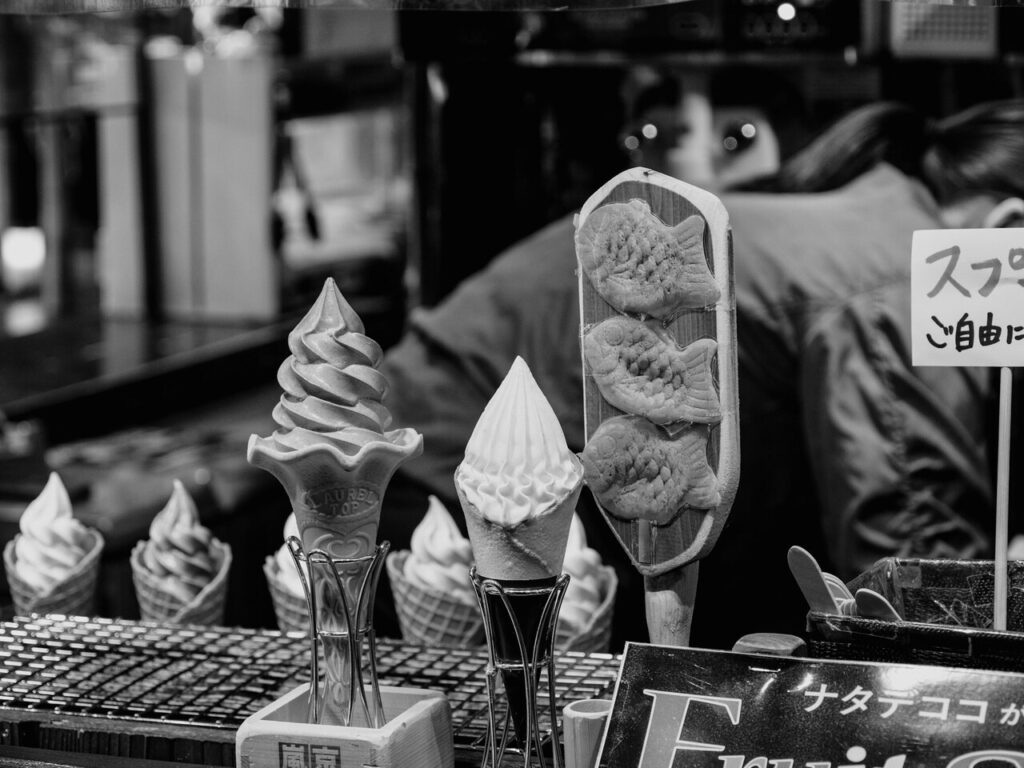
During World War II, ice cream became a comfort food for U.S. troops overseas. The military even commissioned floating ice cream factories to serve sailors and soldiers. For many, the dessert provided a taste of home and a much-needed morale boost. When veterans returned, their love of ice cream carried into civilian life, further cementing it as a staple of American culture. This wartime connection gave the dessert an enduring place not just in kitchens but in the nation’s collective memory.
6. The Invention of Refrigeration Changed Everything
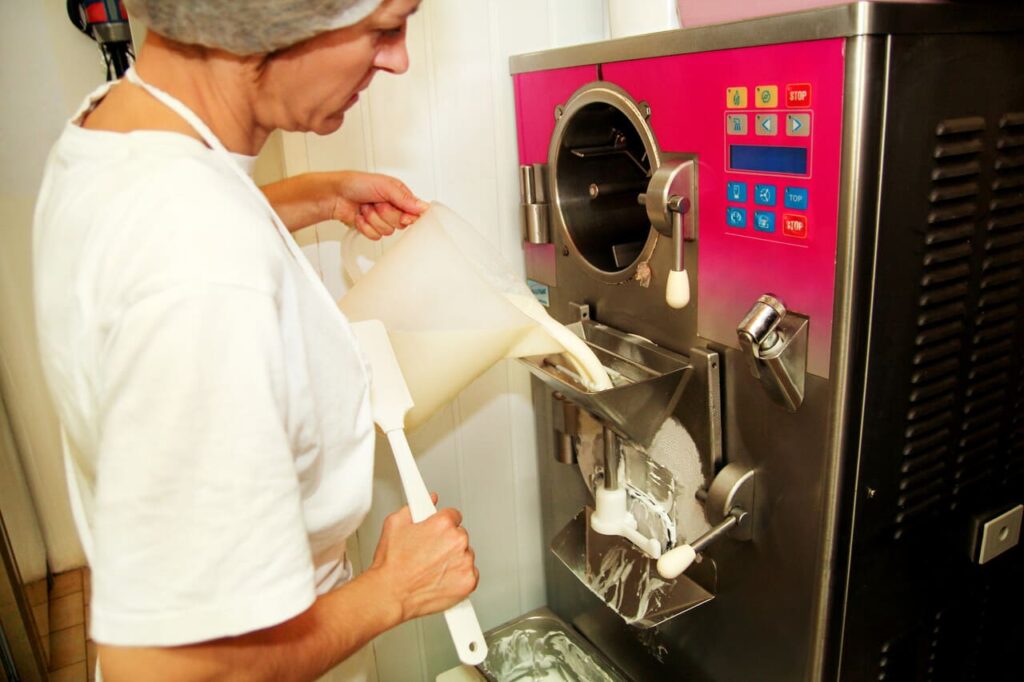
Before mechanical refrigeration, ice cream was difficult to store and serve consistently. People relied on ice houses, salt, and manual churning, which limited production. The arrival of modern refrigeration in the 19th and early 20th centuries revolutionized the industry. Suddenly, ice cream could be mass-produced, shipped long distances, and sold year-round. This breakthrough made ice cream accessible to millions and sparked the growth of major brands. Without refrigeration, it’s unlikely ice cream would have become the global staple it is today.
7. The First Ice Cream Truck Hit the Streets in 1920
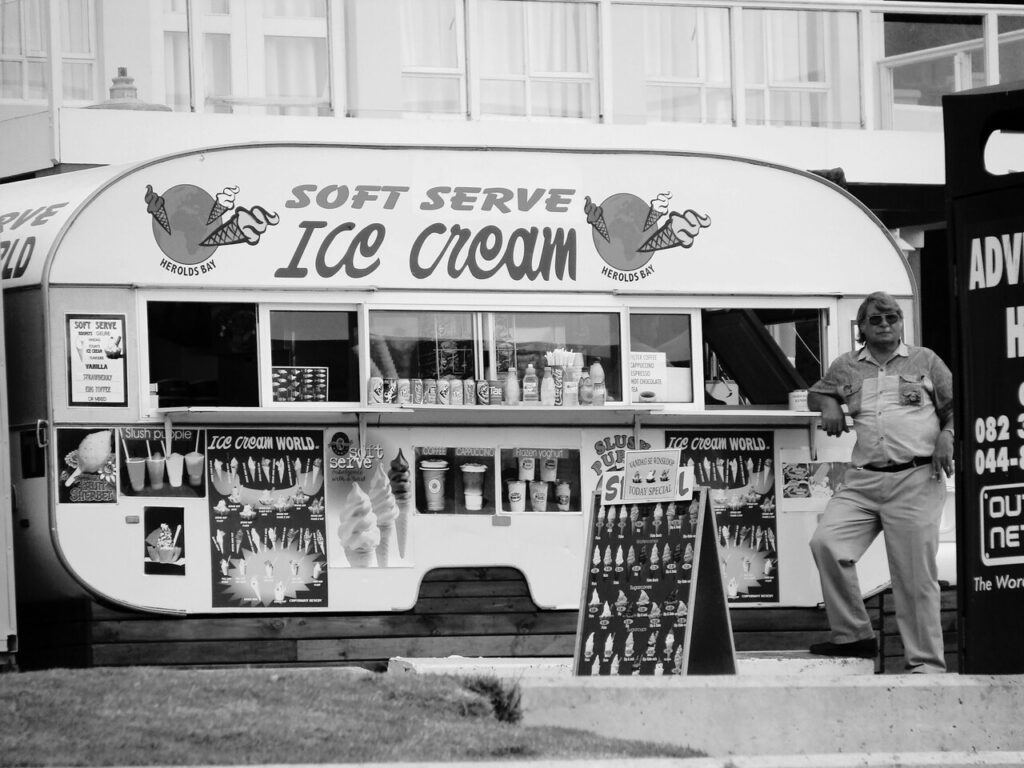
The mobile ice cream craze started when a man named Harry Burt outfitted a truck to sell his chocolate-coated ice cream bars, which would later become the Good Humor brand. His idea of bringing frozen treats directly to neighborhoods changed how people enjoyed ice cream forever. That familiar jingle and the sight of a truck rolling down the block became a symbol of summer for kids everywhere, creating a tradition that still lingers today.
8. The Ice Cream Sundae Has a Controversial Origin
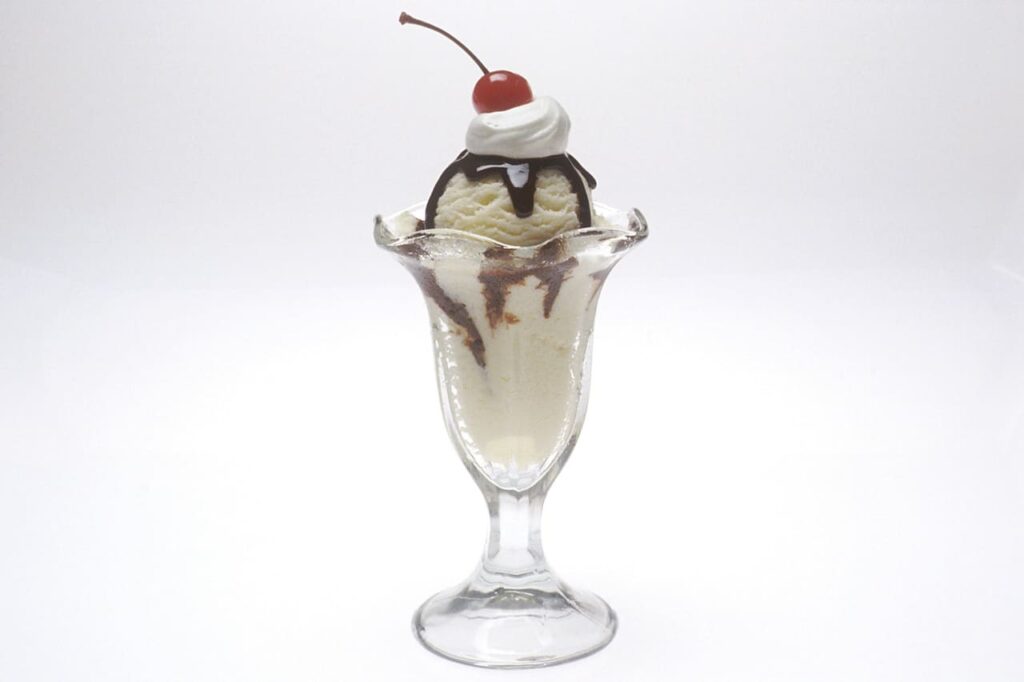
The ice cream sundae is beloved, but its beginnings are debated. Several towns in the U.S. claim to have invented it in the late 1800s. One theory suggests it was created as a workaround for laws against selling soda on Sundays. By serving ice cream with syrup instead of soda water, shop owners kept customers happy without breaking the rules. Regardless of who invented it, the sundae became an instant hit and remains one of the most popular ways to dress up a scoop.
9. The Banana Split Was Invented by a Teenager
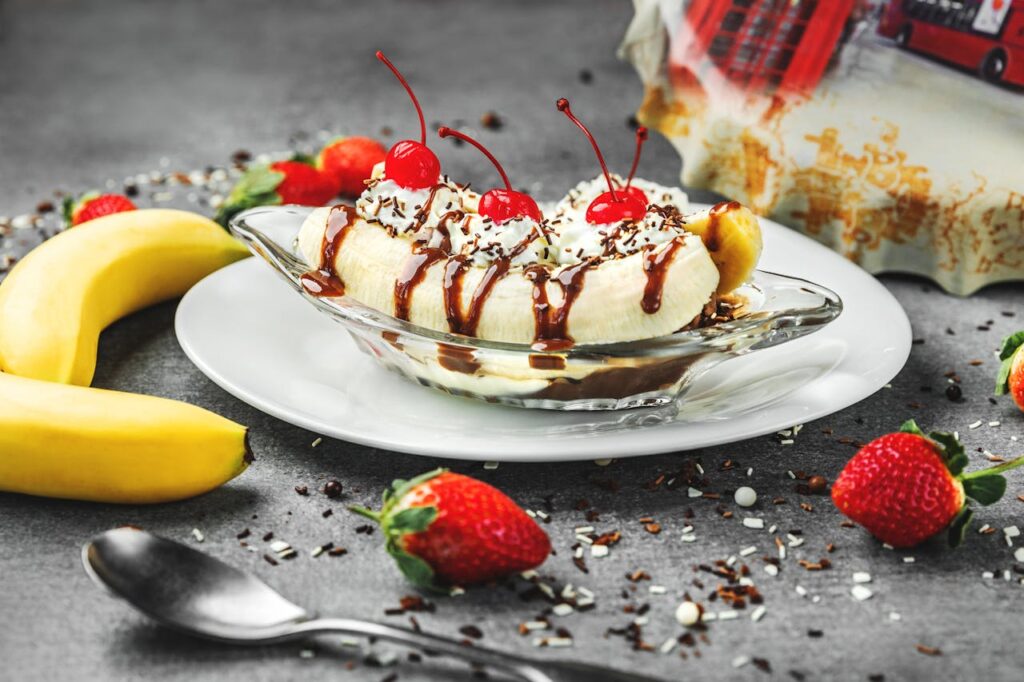
The banana split, now a classic, was first created by a young apprentice pharmacist named David Strickler in Pennsylvania in 1904. He layered bananas with ice cream, syrup, whipped cream, and a cherry, charging ten cents for the extravagant treat. While it was pricier than simpler desserts, its novelty drew crowds. The banana split quickly spread across the country and became a staple in diners and soda fountains. Its playful presentation helped cement it as one of the most iconic American ice cream desserts.
10. NASA Sent Ice Cream into Space
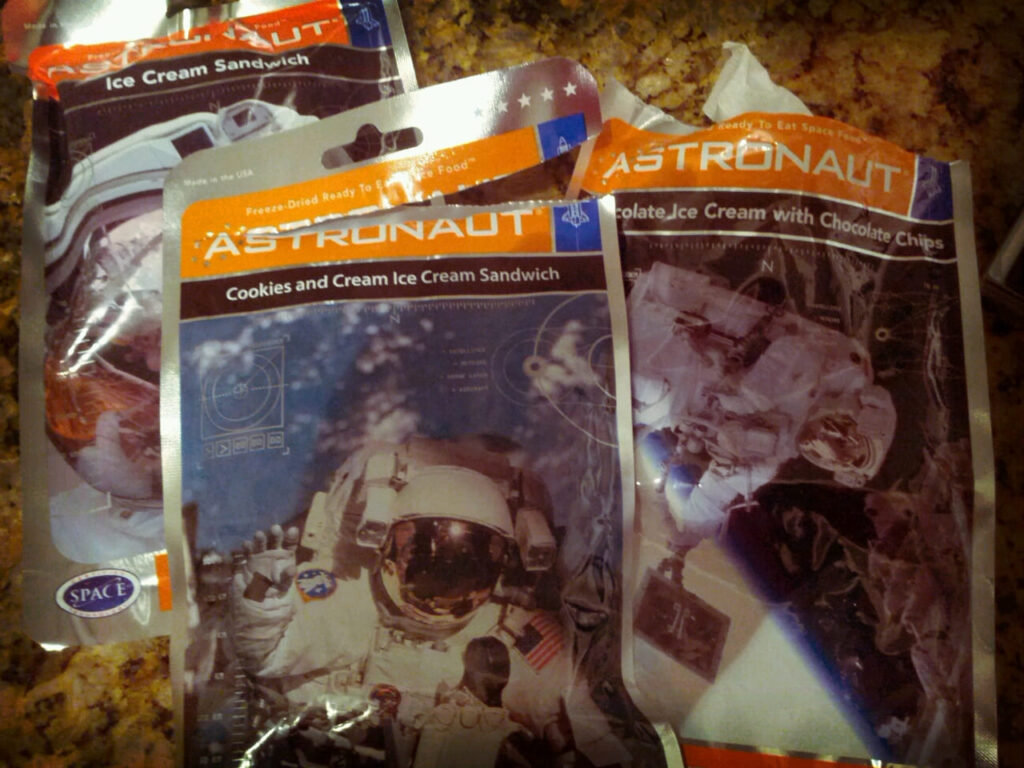
Ice cream has even made its way into space. Astronauts on early NASA missions were supplied with freeze-dried ice cream, designed to withstand zero-gravity conditions. While not every astronaut was a fan, the novelty of space ice cream made it popular back on Earth, where it’s still sold as a souvenir treat in museums. The experiment shows how ice cream has a place not only in kitchens and parlors but also in history’s most ambitious explorations. Even in space, people crave the comfort of dessert.
11. July Is National Ice Cream Month

In 1984, President Ronald Reagan declared July as National Ice Cream Month, with the third Sunday of the month designated as National Ice Cream Day. The proclamation encouraged Americans to celebrate the dessert’s role in the nation’s culture and economy. Since then, ice cream lovers have marked the month with festivals, promotions, and plenty of scoops. The tradition highlights how deeply ice cream is woven into American identity, giving people a chance to honor their favorite treat every summer.


